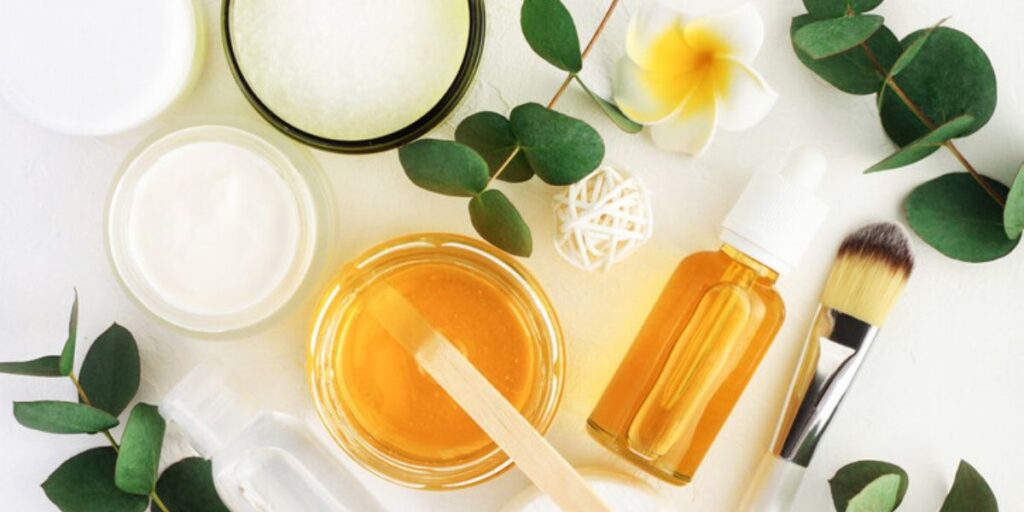
In today’s world, people are becoming more conscious about the products they use and their impact on the environment. One of the most promising innovations in eco-friendly cleaning and personal care is biosurfactant products. These natural, biodegradable alternatives are gaining popularity for their effectiveness and sustainability.
But what exactly are biosurfactant products, and why are they better than traditional surfactants? In this article, we’ll explore what biosurfactants are, their benefits, and how they are used in everyday products.
What Are Biosurfactant Products?
Biosurfactant products are made from natural surfactants produced by microorganisms like bacteria, yeast, and fungi. Unlike synthetic surfactants found in many cleaning and personal care items, biosurfactants are biodegradable and non-toxic.
Surfactants (short for surface-active agents) help reduce surface tension between liquids and solids, making them great for cleaning, emulsifying, and foaming. Traditional surfactants are often petroleum-based, which can harm the environment. Biosurfactant products, on the other hand, offer a greener solution without sacrificing performance.
Benefits of Biosurfactant Products
Why should you choose biosurfactant products over conventional ones? Here are some key advantages:
1. Environmentally Friendly
Most commercial detergents and soaps contain chemicals that pollute water and harm aquatic life. Biosurfactant products break down naturally, reducing environmental damage.
2. Non-Toxic and Safe
Many synthetic surfactants can irritate the skin and cause allergies. Since biosurfactant products are derived from natural sources, they are gentler on the skin and safer for long-term use.
3. Effective Cleaning Power
Despite being natural, biosurfactant products are highly effective at removing dirt, oil, and grease. They work well in both household cleaners and industrial applications.
4. Biodegradable and Sustainable
Because they are made by microorganisms, biosurfactant products are renewable and sustainable. They help reduce reliance on fossil fuels used in traditional surfactant production.
5. Versatile Applications
From laundry detergents to cosmetics, biosurfactant products can be used in various industries, making them a flexible and eco-friendly choice.
Common Uses of Biosurfactant Products
Biosurfactant products are used in many everyday items. Here are some of the most common applications:
1. Household Cleaners
Many eco-friendly dish soaps, laundry detergents, and surface cleaners now use biosurfactant products to provide a powerful clean without harsh chemicals.
2. Personal Care Products
Shampoos, body washes, and facial cleansers often contain synthetic surfactants like SLS (sodium lauryl sulfate), which can dry out the skin. Biosurfactant products offer a milder alternative that still lathers well.
3. Agriculture
In farming, biosurfactant products help improve soil quality and pesticide distribution. They also aid in breaking down oil and hydrocarbon contaminants.
4. Medical and Pharmaceutical Uses
Due to their antimicrobial properties, biosurfactant products are used in wound care, drug delivery systems, and even as anti-fungal treatments.
5. Oil Spill Cleanup
One of the most impressive uses of biosurfactant products is in cleaning up oil spills. They help break down oil into smaller droplets, making it easier for natural processes to degrade them.
Why Switch to Biosurfactant Products?
With growing concerns about pollution and chemical exposure, more people are looking for sustainable alternatives. Biosurfactant products provide a way to maintain cleanliness and hygiene without harming the planet.
Here’s why making the switch is a smart choice:
- Reduces chemical exposure for you and your family.
- Lowers environmental impact compared to synthetic surfactants.
- Supports green innovation in the cleaning and personal care industries.
Challenges and Future of Biosurfactant Products
While biosurfactant products have many benefits, there are still some challenges:
- Higher production costs – Because they are made through microbial fermentation, they can be more expensive than synthetic surfactants.
- Limited availability – Not all stores carry biosurfactant products, though they are becoming more common.
However, as technology improves and demand grows, we can expect biosurfactant products to become more affordable and widely available. Many companies are investing in research to make these green alternatives mainstream.
Last Words
Biosurfactant products represent a major step forward in sustainable cleaning and personal care. They offer the same (or even better) performance as traditional surfactants while being safer for people and the planet.
By choosing biosurfactant products, you contribute to a cleaner, healthier future. Whether it’s in your home, skincare routine, or industrial applications, these natural surfactants are proving to be a game-changer.






